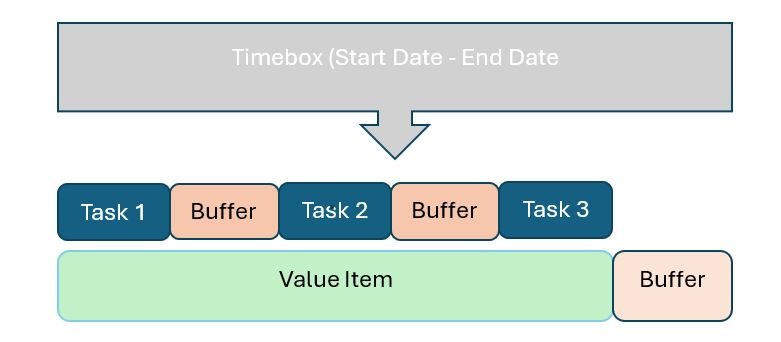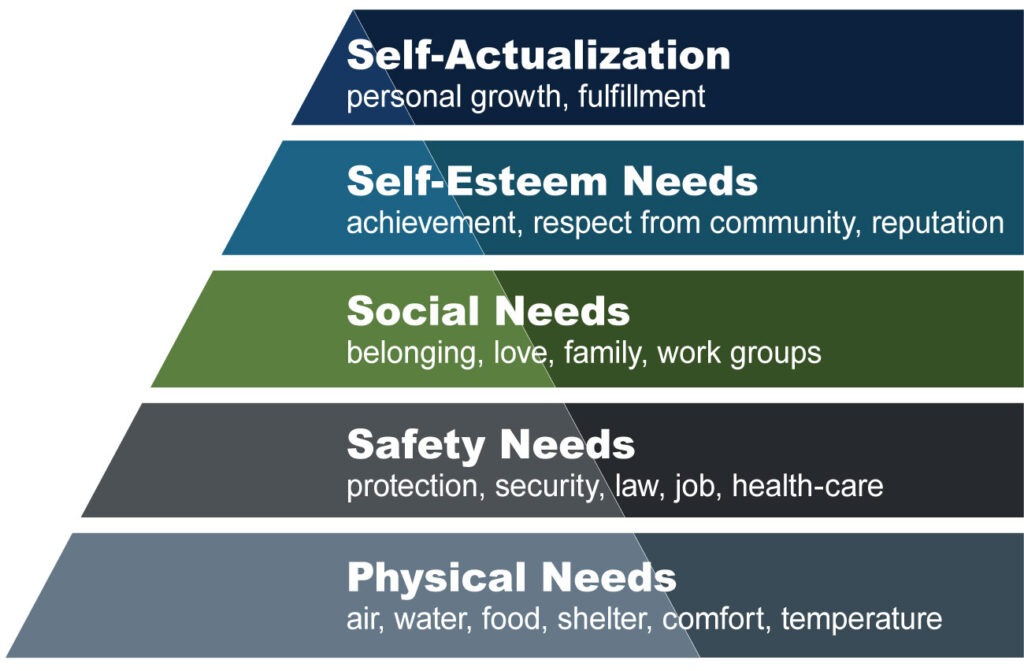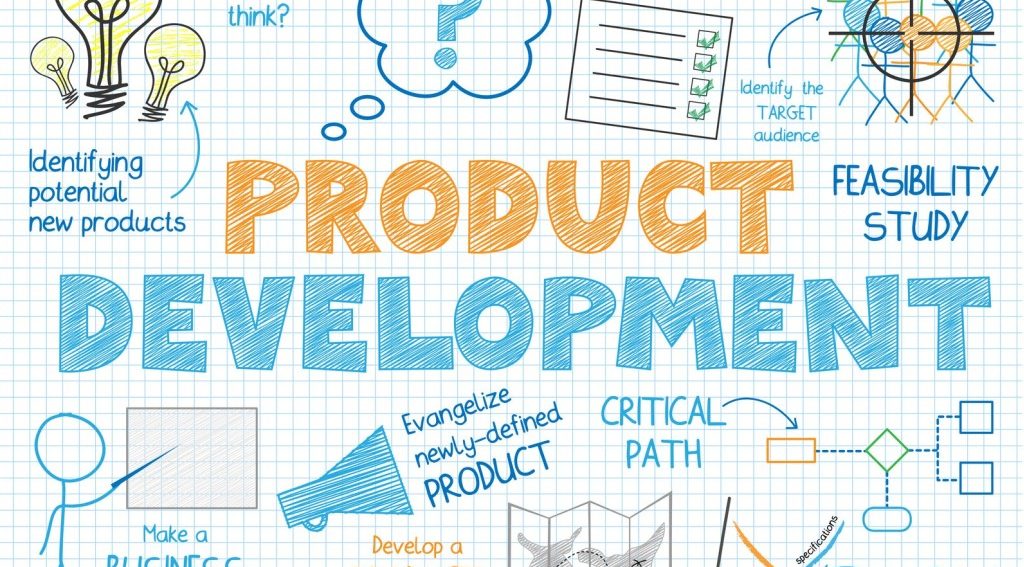Success in product development isn’t about completing all planned tasks on schedule but rather delivering real value to customers while effectively managing the inherent uncertainties of the development process.
The Cone of Uncertainty reminds us that forcing the completion of all planned stories may be counterproductive, as it doesn’t account for the evolving nature of project understanding and priorities
Some significant psychological effects on team members, leading to various negative outcomes are:
- Increased stress and burnout: Relentless sprint cycles without adequate recovery time can lead to chronic workplace stress, resulting in feelings of energy depletion and reduced professional efficacy
- Cognitive overload: High-pressure environments can increase cognitive load, impairing decision-making abilities, reducing creativity, and hindering problem-solving skills
- Communication breakdown: Stress often leads to miscommunication or lack of communication among team members, affecting collaboration and information sharing
- Reduced trust and psychological safety: Under pressure, team members may become more guarded and less willing to be vulnerable or ask for help, undermining the team’s psychological safety
- Anxiety and fear of negative evaluation: The constant pressure to perform can lead to increased anxiety and fear of being judged negatively by others, including teammates and stakeholders
- Impaired cognitive functions: Stress can negatively impact memory, concentration, and overall cognitive performance, leading to decreased productivity and increased errors
- Emotional decision-making: High-stress environments can cause team members to make decisions based on emotions rather than logic, potentially leading to poor outcomes
- Reduced innovation and creativity: Teams often revert to safe, familiar approaches under pressure, stifling innovation and creative problem-solving.
These psychological effects can significantly impact team performance, collaboration, and overall project success. To mitigate these issues, it’s crucial to implement strategies that manage cognitive load, promote psychological safety, and provide adequate recovery time between sprints
Instead of focusing solely on story completion, teams should prioritize value delivery. This approach aligns with lean manufacturing principles, which emphasize eliminating waste and continuously improving processes.
Here’s how to shift your focus:
- Prioritize Based on Value: Rank tasks by their potential impact on customer satisfaction, revenue generation, or cost of delay.
- Embrace the concept of “Through minimum create maximum”: Deliver the backbone of the capability in the shortest unit of time with maximum impact of changing customers’ lives.
- Identify the critical value-loaded work items in sprint – meaning which tasks within a story lift the 80% of value load. Apply a small buffer at each value critical task.
- Count the number of critical value-loaded work items in the sprint (Task 1, Task 2 in the below snapshot)
- Apply value buffer towards the end of timebox (Task 3 is not critical and hence the end of timebox buffer would be consumed if required).

- Continuous Delivery: Release in smaller batches sooner to market
- Flexibility in Planning: Be open to adjusting goals based on new information or changing conditions
- Focus on Outcomes, Not Output: Measure success by the value delivered to customers, not the number of stories completed.
How does this connect to psychological principles and foster a secure environment?
- By implementing buffers (timebox buffers and value item buffers), the team has built-in safety nets that absorb delays and uncertainties. Knowing that there is extra time available reduces anxiety about the possibility of missing deadlines, allowing team members to focus on their work rather than worrying about potential risks
- When focussing on high-value loaded work items it keeps them away from distraction which in turn creates a psychology of flow, where individuals experience heightened productivity and satisfaction when immersed in their work
- Working in small batches has the maximum potential to increase cash flow to business, early realisation of opportunity cost and minimised risk. They all connect to Maslow’s hierarchy of Needs – basic needs.
 Maslow’s Hierarchy of Needs
Maslow’s Hierarchy of Needs
Remember, the goal isn’t to do more work; it’s to do it the right way and bring the maximum value to your customers and your business while adapting to the evolving landscape of product development. That’s the essence of “Through minimum create maximum”.
